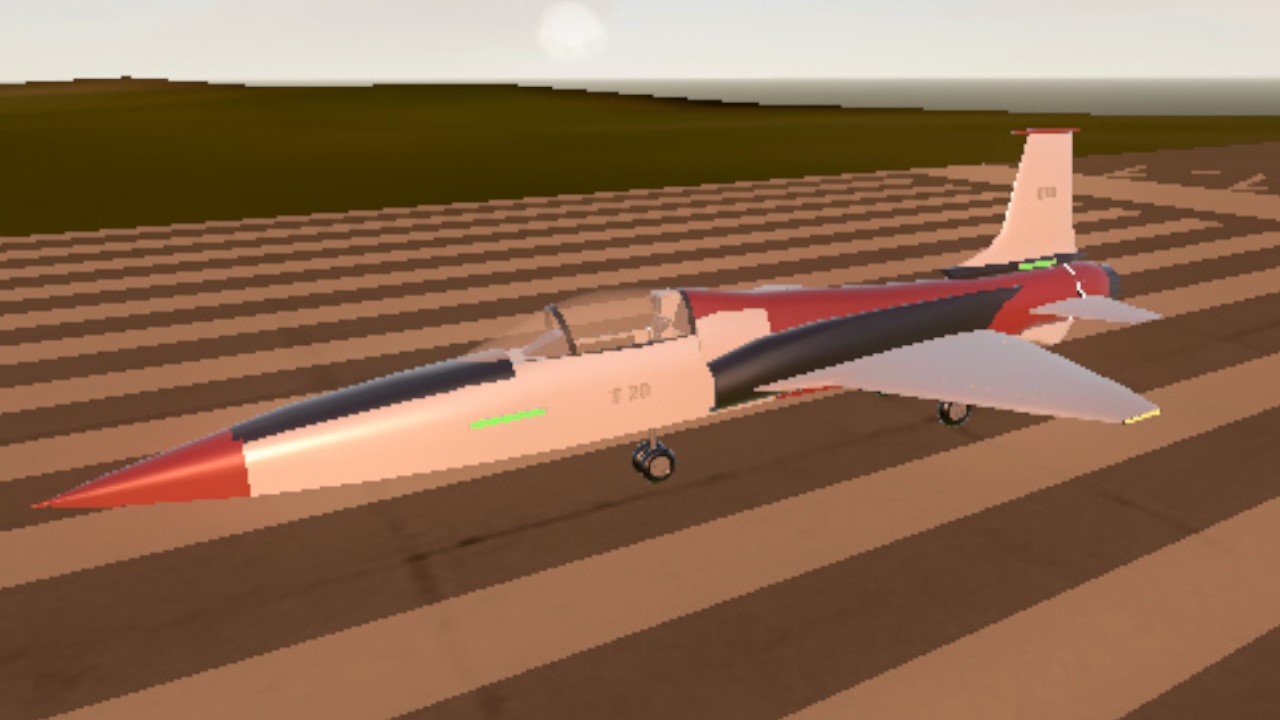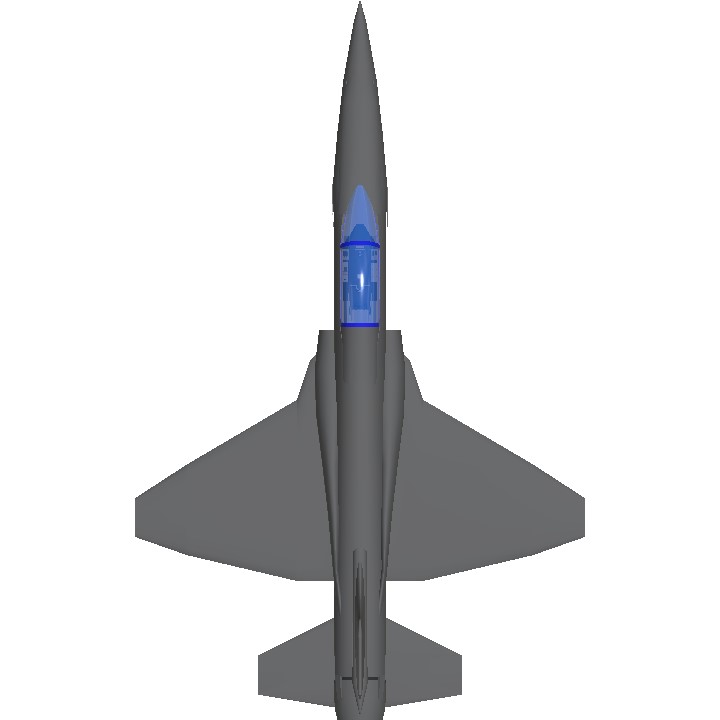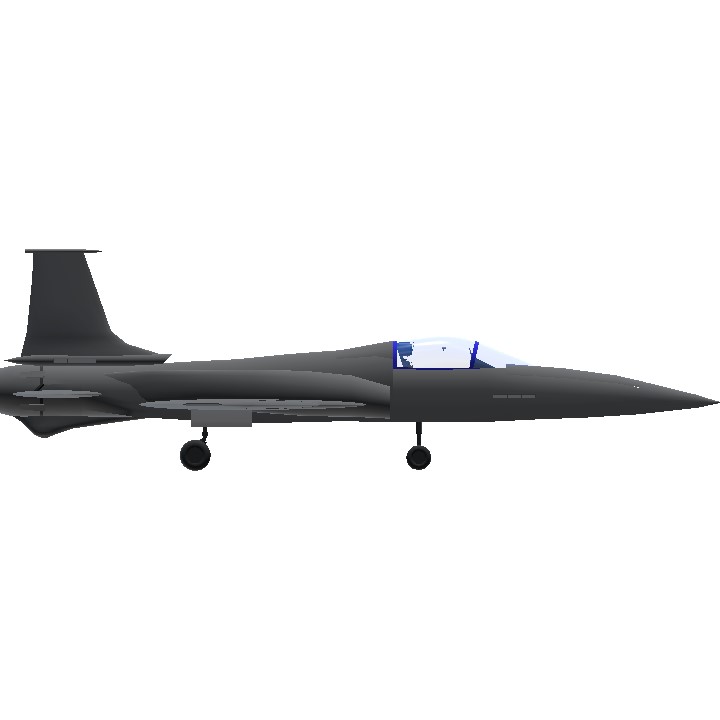* Resurrected Wings: The Transformation of Older F-20 Tigershark into Trainer Jets*
The F-20 Tigershark, an iconic lightweight fighter designed by Northrop Grumman in the late 1970s, had a turbulent history. Despite its promising capabilities, the F-20 program faced challenges, and only a limited number of these fighters were produced. However, in a remarkable turn of events, Pakistan's collaboration with Northrop Grumman breathed new life into these aging fighters, converting them into sophisticated trainer jets.
The early 1970s were tumultuous for Pakistan's Air Force (PAF). The war of 1971 had left the PAF with a significantly depleted fleet of jets, prompting an urgent need for replacement aircraft. Recognizing the F-20 Tigershark's reputation as a light, agile, and cost-effective fighter, the Pakistani Defense Minister and a team of seasoned pilots headed to the United States to acquire 50 F-5E fighters.
As the F-5E fleet was integrated into Pakistan's air force, Northrop Grumman's partnership with the country flourished. Pakistan was quick to realize that it possessed a unique opportunity to enhance its training capabilities using the existing F-20 Tigershark airframes. The F-20, although a capable fighter, had been discontinued, leaving older airframes available for repurposing.
Seizing the chance to maximize their investment, Pakistan's Chief Air Commander initiated talks with Northrop Grumman to explore the possibility of converting these older F-20 Tigershark airframes into advanced trainer jets. This endeavor was driven by the vision to produce cost-effective training platforms for the next generation of Pakistani pilots.
The transformation process was multifaceted and required a collaborative effort. Skilled engineers and technicians from both Northrop Grumman and Pakistan Aeronautical Complex (PAC) came together to assess the airframes' condition and develop a comprehensive conversion plan.
The first step involved conducting a thorough inspection of the older F-20 airframes to determine their structural integrity and airworthiness. Any necessary repairs and overhauls were carried out to ensure that the aircraft were in optimal condition for conversion.
To fulfill the specific needs of a trainer jet, the F-20 airframes underwent several modifications. Modern avionics, communication systems, and navigation equipment were integrated to bring the trainer jets up to contemporary standards.
Throughout the conversion process, the collaboration between Northrop Grumman and PAC proved to be a key factor in overcoming challenges and sharing expertise. The project served as a platform for knowledge exchange, benefiting both parties in terms of technological advancements and skill development.
The successful conversion of older F-20 Tigershark airframes into trainer jets bolstered Pakistan's pilot training program significantly. These advanced trainer aircraft provided aspiring pilots with invaluable experience, allowing them to refine their skills in a safe and cost-effective environment.
Moreover, the conversion project demonstrated Pakistan's commitment to making the most of available resources and maximizing their partnership with Northrop Grumman. The country's proactive approach in repurposing older airframes showcased their adaptability and innovative spirit.
The transformation of older F-20 Tigershark into trainer jets not only served Pakistan's domestic needs but also garnered international attention. The success of the project opened doors for potential export opportunities, with other nations expressing interest in acquiring these upgraded trainer aircraft.
In conclusion, the conversion of older F-20 Tigershark into trainer jets stands as a remarkable achievement in Pakistan's aerospace journey. Through their collaboration with Northrop Grumman and the skilled workforce at PAC, Pakistan breathed new life into these aging fighters, providing its pilots with cutting-edge training platforms. This project exemplifies the importance of making the most of available resources, and how innovative thinking and collaborative efforts can pave the way for remarkable advancements in the field of aviation.
Specifications
General Characteristics
- Created On Android
- Wingspan 28.9ft (8.8m)
- Length 45.6ft (13.9m)
- Height 14.0ft (4.3m)
- Empty Weight 7,205lbs (3,268kg)
- Loaded Weight 10,404lbs (4,719kg)
Performance
- Power/Weight Ratio 5.281
- Wing Loading 38.7lbs/ft2 (189.0kg/m2)
- Wing Area 268.8ft2 (25.0m2)
- Drag Points 3909
Parts
- Number of Parts 146
- Control Surfaces 4
- Performance Cost 866




